Amman, the capital of Jordan, is a bustling metropolis that has yet to forget its roots. As one of the oldest continuously inhabited cities in the world, Amman has a rich and prolific history that spans the centuries and several empires.
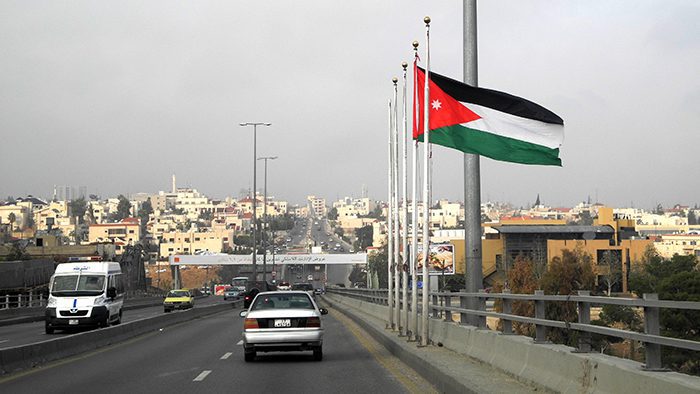
The first inhabitants arrived during the Neolithic period, around 8500 BC. The city eventually passed through the hands of Assyrians, Persians, Nabataeans, Macedonians and finally the Romans. Remnants of its storied past can be seen throughout the city, from the Al-Husseini Mosque to the Citadel and Roman Theater.
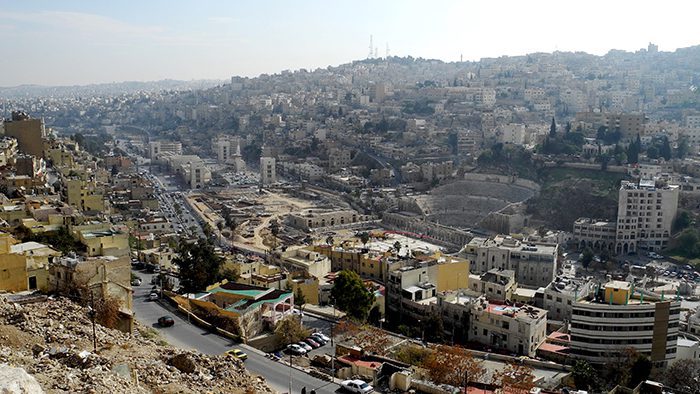
Nowadays, the city has a reputation as one of the most liberal cities in the Middle East. With a thriving art culture, modern infrastructure rising from every corner and a booming tourism industry, it is no wonder why travelers have opted to make Amman their destination of choice.
Check out 5 Things to do in Aqaba

From here, reaching other parts of the country is easy. It is only a three-hour car ride to Petra along the Desert Highway and a one-hour drive southwest to the Dead Sea, which makes Amman the ideal starting point for your Jordanian adventure. It is also the perfect introduction for your future Middle Eastern travels.

Amman is a shopper’s paradise. Shopaholics will find dozens of mega malls and outdoor markets to satisfy their shopping needs. In particular, the Gold Souq is an amazing place to find jewelry and other gilded trinkets if you’ve got the cash to spend. Amman is a booming city that has adapted to the modern world while still flaunting its rich past. Here is what to see and do in Amman!

Located in the heart of downtown Amman, the Roman Theater is the biggest of its kind in Jordan. It was built during the reign of Antonius Pius during the second century AD to seat approximately 6,000 spectators. It was oriented to the north to keep the sun off of the audience. The Roman Theater is divided horizontally into three sections, the topmost of which is called the Gods.
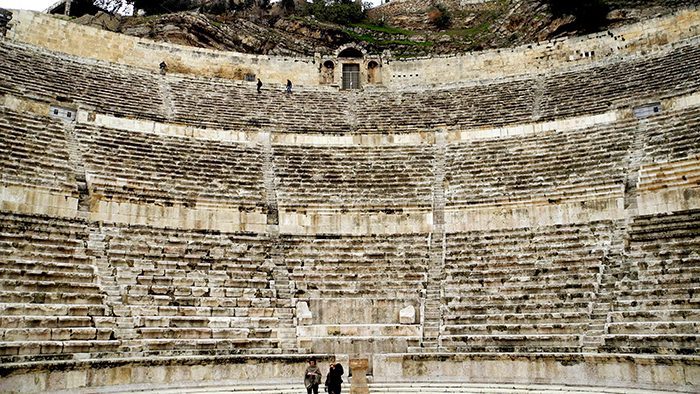
Because of the steepness of the theater, these upper seats provided the best views and acoustics to hear the actors. The rooms behind the stage have been transformed into the excellent Folklore Museum and the Museum of Popular Tradition, which houses traditional costumes, jewelry and other pieces. The best view of the Roman Theater can be found at the top of the Citadel. The Roman Theater is still used today for events and entertainment.

The Roman Theater and museums are open 8 a.m. to 6 p.m. Saturdays through Thursdays; 9 a.m. to 4 p.m. Fridays.

The Royal Automobile Museum houses all the automobiles and motorcycles owned by the late King Hussein and is the perfect museum for car buffs. It is essentially a car collector’s dream garage and features an amazing and diverse collection. My personal favorites were the old Aston Martins, the Bugatti, the McLaren and the Ferraris. The museum’s exhibits also contain various family photographs of the royal family at home in and around the prestigious vehicles that are on display.

Many of the cars were gifts to the King from other royals like such as Queen Elizabeth of England. The museum was created by King Abdullah II to honor his late father and to commemorate his interest in cars. The museum is open 10 a.m. to 7 p.m.; Fridays 11 a.m. to 7 p.m.; closed on Tuesdays. Admission for tourists is 5 JD with an audio guide.

The Amman Citadel, known in Arabic as Jabal al-Qal’a, is the main historical ruin in the city. Remnants of pottery suggest that the area has been occupied since the Neolithic period, which began in 9500 BC. Other remains indicate that the area was occupied during the time of the Roman Empire and the Islamic Empire. The Citadel has also been referenced in the Bible as a historically important location.
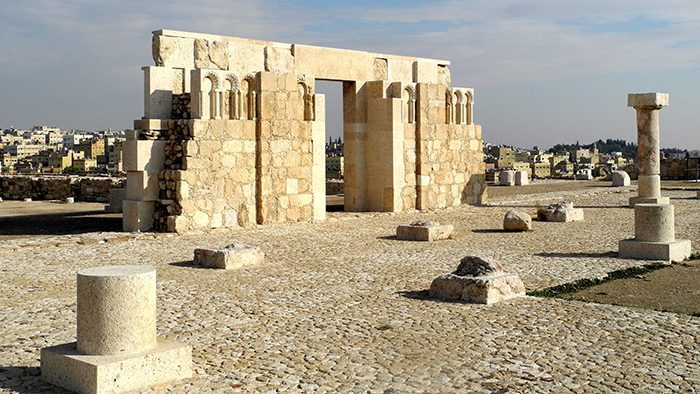
Several impressive structures include the small Byzantine basilica, and the Great Temple of Amman, the Omayyad Palace and the Temple of Hercules. To learn more about the artifacts found in the Citadel, visit the National Archaeological Museum, which is located by the Temple of Hercules. A large part of the Citadel is currently unexcavated. Though these areas seem promising, scientists are looking for a new way to excavate the area without damaging any possible artifacts.
Check out 15 Things to See in Petra
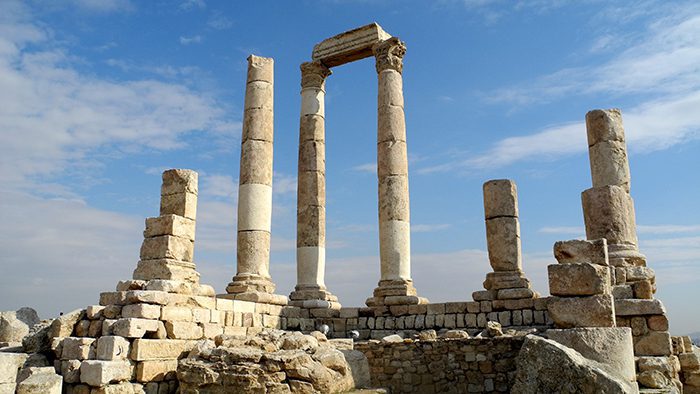
Open 8 a.m. to 4 p.m. Saturdays through Thursdays, October through March; until 7 p.m. Saturdays through Thursdays April through September; 10 a.m. to 4 p.m. year-round. Admission is 2 JD

Gold Souq is an outdoor market well known for its numerous gold shops. This is the perfect place to purchase unique souvenirs for those at home but, with more than a hundred stores, it is useful to know what you are looking for. The stores sell all kinds of jewelry, including rings, necklaces, and bracelets. Browse the stores until you find the perfect piece and then be prepared to haggle for the price. The gold in Jordan is usually of a higher standard than gold sold in the United States — around 18K to 24K. This is what gives the gold its intense yellow color.

The Amman Archeological Museum is located on Citadel Hill, near the Temple of Hercules. The collection spans thousands of years and features a large variety of items. Several noteworthy pieces include the Ain Ghazal statues, which are some of the world’s oldest statues, the famous Dead Sea scrolls, the ancient vases, a copy of the Mesha Stele and preserved rhino body parts from more than 200,000 years ago.
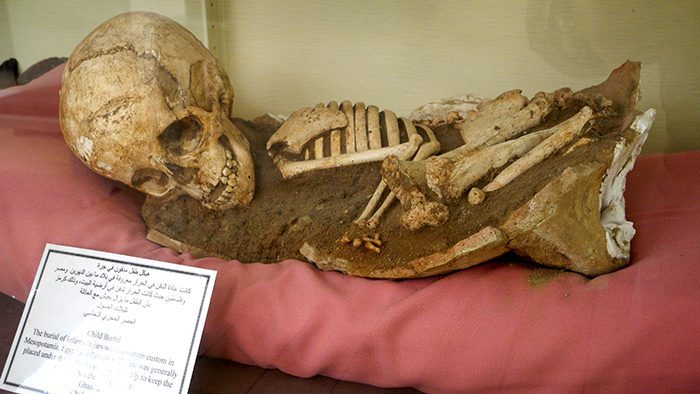
Visitors will also be fascinated by the Iron Age sarcophagi, preserved skulls from Jericho and Umayyad period artwork. Artifacts that were found in the Citadel are also stored in the museum. The Amman Archaeological Museum is open daily from 8 a.m. to 6 p.m. and on Fridays from 9 a.m. to 4 p.m.
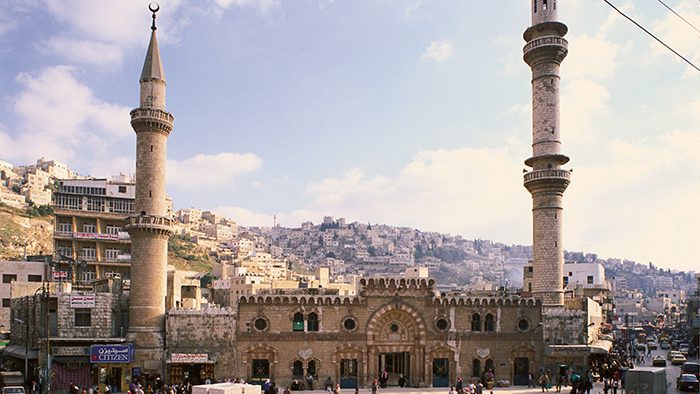
Al-Husseini Mosque is a lovely mosque located in downtown Amman. Only Muslims are allowed inside. It was built by the first king of Jordan, King Abudullah I, in 1924, when Jordan was still called Transjordan and was still under British rule. It was also the site of the very first mosque built in Amman, back in 640 AD. The Al-Husseini Mosque stands out of the bustling streets surrounding it, and by night it is lighted beautifully against the dark sky.

Located near the First Circle in Jabal Amman, Rainbow Street is a great area to explore. It was named after the now defunct Rainbow Cinema, and is currently experiencing a revival of attention. Older houses have been renovated and transformed into cafes and bars, such as Books@cafe and Wild Jordan, both of which offer a great view. There are also several smaller shops, a Hammam, and the Royal Film Commission, which sometimes holds outdoor screenings.

This simple restaurant is a local favorite, serving delicious food for a low price. Located in the downtown area, Aq Quds is well known for its mensaf (lamb stew with yogurt sauce) and generous portions. I personally could not finish my meal. This is a great place to get away from the hustle and bustle of touristy places and enjoy an authentic Jordanian meal.

The capital of Jordan, Amman is a huge city that extends as far as the eye can see. Despite its immense sprawl, it has only been an active city for the last 70 years. In ancient times, the city passed though the hands of several different empires, including the Roman Empire, and the Byzantine Empire, before being abandoned for several centuries. The city rose in prominence with the rise of the Ottoman Empire and the rise of Jordan. Given the population boom in the last 50 years, it is easy to imagine Amman as one of the largest cities in the Middle East in the near future.
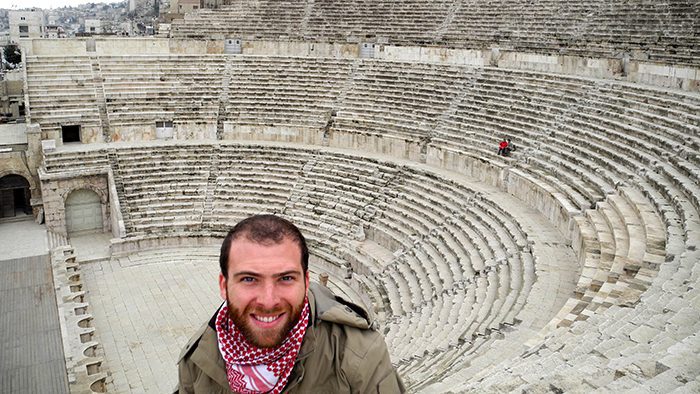
Amman is a safe city with friendly locals. It is also one of the most liberal of Middle Eastern countries; women are not required to wear a hijab, or head covering. However, all women are encouraged to dress conservatively as to not to attract unwanted attention. The most essential areas to visit are the sections of the old city that survive to this day, including the Citadel, the Roman Theater, and the Mosque. These are great places to just stroll around and soak in the old world atmosphere. I suggest that you get an early start because the summer heat can be brutal and it can be difficult to hail a cab during the late afternoon rush hour.
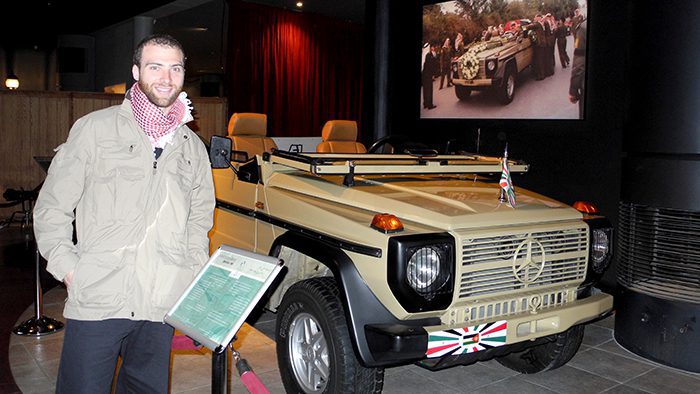
Another must-see location is the Gold Souq, which is filled with more than a hundred gold shops. It’s a beautiful sight, especially for those who have never seen a Souq before.
Time zone:
GMT +2
Getting around: Amman is a relatively small city. Physical street addresses are not typically used; instead mail is deposited in neighborhood post office boxes. Amman is the “city of seven hills,” and each jabal, or hill, is a distinct neighborhood. When someone refers to a circle (e.g. First Circle and Second Circle), they are talking about the junction of a hill.
Jordan’s streets are busy and clogged, so you may find it stressful to try to drive yourself around. My advice would be to stick to taxis or car hires. White taxis have fixed routes and are shared between passengers. Yellow taxis are private. Although the majority of taxis are fitted with meters, agree on a price before taking off, especially at night. Women should not sit in the front seat of a taxi. Tipping is not obligatory, but is always appreciated.
Visa: A two-week visa can be purchased upon arrival at the airport. A single-entry visa costs 20 JDs ($30). A visa can be extended at any police station.
Shopping: Jordan is a shopper’s paradise because of the large variety of high-quality crafts available. In addition to the Gold Souq, downtown Amman has a variety of shops selling everything from hand-woven silk pillowcases to cast-iron camels. If you are in search of a typical Jordanian souvenir, a good option is the traditional red and white hattah, which women might prefer in black and white. Wearing a hattah has become something of a fashion statement worldwide. Celebrities like Usher and athletes including David Beckham have sported these traditional scarves in various ways. The hattah is an excellent and inexpensive way to stay cool in the summer or snug in the winter. Its airy cotton fibers allow it to be a versatile wardrobe staple. They come in a variety of colors and sizes.
Antique shopping is always a fun pastime, but keep in mind that it is not permitted to remove anything out of the country that is over 100 years old.
If roaming the bustling streets is not for you, try shopping at two of the city’s largest malls, Mecca Mall and Carrefour Mall. Both have hundreds of stores and food courts.
Some of the city’s most popular shops are Silsal Ceramics (Zahran and 5th Circle), Al Burgan (behind Intercontinental Hotel), Al-Alaydi Jordan Crafy Center (off Al-Kulliyah al –Islamiyah St. Jebel Amman) and Artisana (Mansour Kraishan St. Jebel Amman).
Tips for shopping: Negotiating prices is expected, but do not expect more than a 30% reduction of the original price. If you see a shop owner praying, wait until he is done before asking him any questions. As a general rule, the wealthier you look, the more you will pay for any given item; so you may want to leave the fancy watch in the hotel safe. Keep a close eye on your belongings. You do not want to attract pickpockets. But my best advice: enjoy yourself!
Hours of operation: Many businesses including banks and government offices are closed on Fridays and Saturdays. Other businesses also closed Thursday afternoons. Typical store hours are 9:30 a.m. to 1:30 p.m. and again from 3:30 to 6 p.m. Most museums are closed on Tuesdays. Early closing times are common throughout the month of Ramadan.
Currency
Jordanian Dinar, symbol “JD.”
Currency converter: XE
Best time to go: September through May
Nearest airport:
Queen Alia International Airport (AMM)
+962 06 445 2000
Have you visited Amman? Did you do everything on this list of what to see and do in Amman? Leave a comment below!
Counter
101 Countries • 1432 Cities